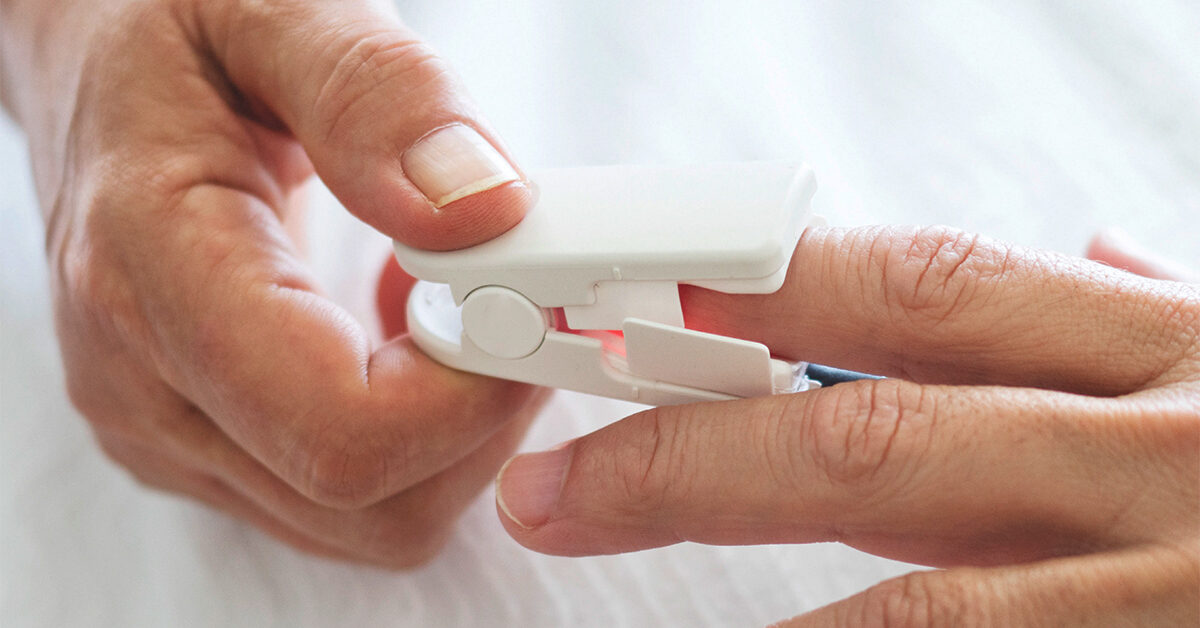A decline in blood oxygen saturation (SpO2) is among the most prevalent indications. Many COVID-19-positive people suffered due to this. They have to face severe breathing issues as a result. There were a high number of fatalities recorded during the second coronavirus outbreak. The primary factor for this was the decline in SpO2 concentrations. How to increase blood oxygen level? Keep reading below.
Our systems need a specific supply of oxygen to operate since oxygen is necessary for life. When you breathe in (inhale), oxygen enters your system via your nasal passage. It then travels through your lungs into your bloodstream. After entering your bloodstream, oxygen travels to every cell in your body. Your body uses energy to carry out all its functions. Such as digestion and cognition, since all your cells must oxygenate to produce energy.

Table of Contents
What is the blood oxygen stage?
Your blood oxygen level measures the amount of oxygen carried by your red blood cells in your blood. Your body, in turn, controls your blood oxygen concentration. Also, your body relies on ensuring the right balance of oxygen-saturated blood.
The majority of children and adults do not need blood oxygen monitoring. Many medical professionals won’t check it unless you exhibit symptoms of a condition. such as chest pain or shortness of breath.
Yet, those who have ongoing medical issues might need to keep an eye on their blood oxygen levels. Asthma, cardiac conditions, and chronic obstructive pulmonary disease are among them (COPD).
In these circumstances, keeping an eye on your blood oxygen level is important. This might allow practitioners to decide whether your therapies are effective. Before knowing How to increase blood oxygen level, let’s know about it entirely.

Symptoms of Low Blood Oxygen Levels
Low amounts of blood oxygen may cause the following illnesses:
- Breathing
- A lot of breathing
- Chest pain
- Higher heart rate
- Higher blood pressure
- Lightheadedness
- An inability to coordinate
- Confusion
- Fatigue
- distorted vision
- Cyanosis
Low levels of oxygen in the bloodstream can come from environmental changes. This includes moving to a higher elevation where there is less oxygen in the air, besides only certain physical illnesses.
How To Increase Blood Oxygen Level?
95 to 100% is the typical range for blood oxygen levels. For those who have lung conditions or other health problems, this figure is lower. Blood oxygen levels of under 90% are quite inadequate. This condition is hypoxemia and may state that you should consult a doctor. How to increase blood level then? Continue to read below for the following tips. Continue to examine the following tips on How to Increase Blood Oxygen level!
1. Strengthen your inhalation.
It is important to widen your airway and boost the amount of oxygen in your system. Pulmonary rehabilitation specialists recommend utilizing basic breathing techniques for this. For instance, pursed-lip respiration and thorough belly breathing.
You may check your blood oxygen level using a pulse oximeter at home. Take advantage of some of these all-natural methods to raise it on your own.
2. In the “prone” posture, lie down.
The ideal position to raise your body’s oxygen level is while prone. Most physicians and the Indian Health Ministry endorse it because it is effective. To use this technique, the user must lie on his or her stomach. Elevate your chest, utilizing cushions for support. You can lie on your stomach or tummy with one pillow under your neck and two pillows under each of your lower legs.
You can also practice rapid breathing while lying on your right or left side. Moreover, you can also do it while seated at a 90-degree angle in the “fowler” posture. We recommend staying in the prone position for at least 2 to 3 hours after seeing a decline in your SpO2 level.
3. Try a few aerobics.
Exercises that increase your body’s metabolic rate. Aerobics can also aid with respiratory issues. It can increase the oxygen saturation of your blood. They enhance the body’s cells and use the oxygen supply to increase their SpO2 level. They also boost your body’s resistance and stamina.
Hard aerobic exercise is not advised if you test positive for COVID-19. You can engage in simple exercises like biking, swimming, and jogging. Don’t worry if you start to feel worn out. Take breaks and only perform your workouts for five to six minutes at a time. The two most recommended training techniques to raise the oxygen level are sprinting and interval exercise.
4. Keeping your breath
Close your eyes and imagine yourself on an elevator going up a building. Once you’ve reached the first floor, take a slow, brief breath and then hold it. When you get to the second floor, keep breathing for another 2 seconds before pausing once more. Next, breathe in for three seconds. Repeat this sequence until you are unable to breathe anymore. You should relax after each effort. You can do this three to five times per day.
You’ll need a glass of water and a straw for the straw breathing technique. Blow bubbles into your cup of water by taking a deep breath, and holding it for one second. Then release it through the straw. You may do this ten times, but only while staying still.
5. Drink loads of water.
Another crucial way to increase the oxygen saturation of your blood is to drink plenty of water. Drinking lots of water keeps your lungs moist. This enhances their capacity to absorb oxygen and release carbon dioxide. Your body’s oxygen saturation level improves as a result.
Additionally, consuming 2-3 liters of water can raise the oxygen saturation of your blood by up to 5%. Increasing your water intake can also allow you to control your body’s temperature. It will also strengthen your immune system.

Common FAQs On How to Increase Blood Oxygen Level
1. How to Determine the Normal Blood Oxygen Level?
The appropriate blood oxygen levels depend on a person’s medical history. An adequate oxygen concentration is when it is greater than 95%. This is the case for individuals who are healthy and do not have a history of serious disorders. Most of the time, saturation levels exceeding 98 percent are normal.
Besides, oxygen saturation might fluctuate between 88 and 95 percent. for those who have a background of respiratory conditions (such as COPD or asthma). Consult a physician to decide what range of blood oxygen levels is acceptable. This acceptable range will be influenced by the patient’s medical background.
2. What If The Concentration Of Oxygen In My Bloodstream Is Too Low?
Your doctor might prescribe more oxygen if a test shows that your blood oxygen level has dropped. This treatment can help improve your blood oxygen level by giving you more oxygen than you have. It is often administered via a face mask or a nasal cannula. A little plastic tube with prongs that fits into your nostrils.
When a patient needs it, physicians can provide supplemental oxygen. Conditions like COPD, pulmonary fibrosis, cystic fibrosis, or sleep apnea need long-term supplements. short-term for patients in the days following an accident or an acute sickness. You can maintain your activity level while controlling these situations. This will help patients feel much better and heal more with the aid of proper ventilation.
3. What Are The Different Blood Oxygen Levels?
Blood oxygen levels in healthy people range between 75 and 100 millimeters of mercury (mm Hg).
The medical industry calls it “low” when arterial blood gas (ABG) test results show an oxygen level below 60 mm Hg. Individuals who have these results could need more oxygen.
A sign of a disorder called hypoxemia is when the blood oxygen level is too low in comparison to the regular amount for a healthy individual. When the system has trouble getting oxygen to all its cells, tissues, and organs, this condition arises. This means you have to increase your blood oxygen level but how to increase blood oxygen level?
The analyzed components of your blood during a blood oxygen level test may have varying values. It depends on the laboratory. There will be information to suggest what the lab’s normal values are. This will help when you receive your blood test results. Consult your medical professional with any questions you may have about your results.
Conclusive Insights On How to Increase Blood Oxygen level!
Low oxygen saturation can result from a variety of diseases. Blood oxygen levels will increase with the treatment of the underlying illness.
Watch blood oxygen levels in patients who have COPD or other severe respiratory disorders.
Individuals with low blood oxygen levels can also change their way of life. You can do this by altering their diet and physical routines. These modifications could assist a person in increasing their oxygen saturation levels. This is especially effective when used in conjunction with supplemental oxygen.
